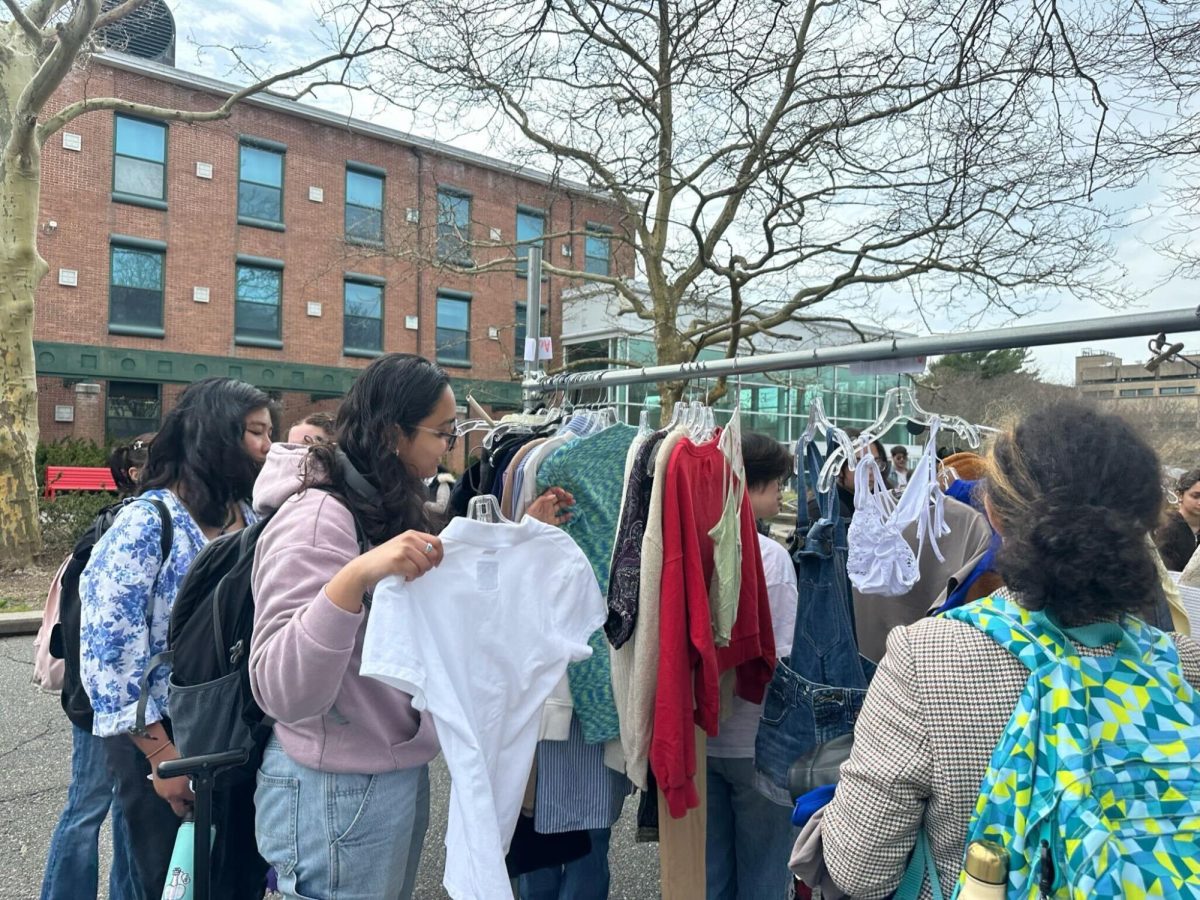
This is a new feature in The Statesman that will review books in a unique way. Rather than the staid, straightforward critical reviews that you would typically find in The New York Times, this new approach will be breezy and more conversational but still offers a critical perspective of the book. Happy reading!
Having just read “Fourth Wing” by Rebecca Yarros, I was shocked by how emotionally attached I became to the main characters and the world they live in by the end of the book. Set in a dragon rider academy, the cadets only have two options: graduate or die. This book was filled with quick wit, passionate romance, dichotomous characters and high-paced action that left me yearning for more with each page turned.
After solely writing contemporary romance books, Yarros decided to delve into the dynamic world of fantasy. Not only is the writing itself accessible to readers, but I’d argue that the characters are even more so. While many authors mainly focus on diversity related to more commonly-discussed topics like race and sexuality, Yarros goes beyond that by representing those with disabilities and chronic illnesses.
We follow the main protagonist, Violet Sorrengail, who suffers from the chronic illness Ehlers-Danlos Syndrome (EDS), a connective tissue disorder that affects every system in the body. The most common symptoms of (hypermobile) Ehlers-Danlos Syndrome are partial joint dislocations — also known as subluxations — extreme muscle pain, brittle bones and overall weakness of the body, making any type of movement difficult in daily life.
Violet has trained all her life for the Scribe Quadrant, the safest division of Navarrian society, where historical archives are maintained and protected. When her mother, the commanding general of the Riders Quadrant, forces her to volunteer for the most revered military division of Navarre — the Dragon Riders — she is put into a precarious situation. Facing life or death, Violet has to survive lethal obstacles, dangerous enemies, forbidden romance, betrayal — and, well, dragons.
A formidable dragon wouldn’t possibly be inclined to bond with someone as “fragile” as Violet to be their rider. Or would they? Dragons are the apparent danger in this book. But with more and more dragons unwilling to bond with humans, the cadets will stop at nothing, not even murder, in order to gain favor from the revered creatures. I won’t say much more, but this is a gripping book that will keep you captivated from start to finish. You will laugh and you will definitely cry; the rest is up to you to find out.
As someone who suffers from various chronic illnesses, I was compelled to explore a book that included representation for individuals such as myself. Yarros conveys the physical limitations of EDS while expressing that we are just as capable as individuals without chronic illnesses when we have access to the proper resources.
Weakness is a common characteristic associated with chronic illness. This perception not only affects others’ views on conditions such as EDS but perpetuates an internal conflict of fragility for sufferers. However, this book points out that physical strength is not the only way to be strong, and people who suffer from chronic illnesses are capable of becoming stronger than anyone else through their determination and intelligence.
A quintessential example of this notion is how individuals with chronic ailments often have to live with pain every day, and they must adapt their lives to accommodate their lifestyle to their condition to live a “normal” life.
Although I am enthusiastic about the burgeoning representation of chronic illness in contemporary literature, it doesn’t quite encapsulates the full extent of living with a chronic illness. Yarros did a wonderful job of conveying how such conditions affect individuals’ physicality, but didn’t detail all the different mental and emotional facets of a lifelong disability. Yarros captures the precise pain of partially dislocating a shoulder and the tedious wrapping of Violet’s joints just so it can stay in place, while flawlessly describing the intricate methods of dealing with her debilitating muscle myalgia.
Although Violet deals with physical impediments, it brings hope to the reader who struggles with similar issues that they can be successful by recognizing their own strengths. In this case, Violet utilizes her intelligence to compete against physical strength. Both physical and emotional weakness are explored in depth, but only that trait was investigated.
While physical limitations were presented as multidimensional, the emotional aspect of chronic illnesses felt more one-dimensional in this story. Yarros’ work failed to delve into the intricacies of coping with the fluctuating symptoms of a chronic illness. It fails to address the confusion, anger, frustration, loss and identity change linked to chronic illness.
That being said, Yarros has a remarkable ability to craft fictional worlds where readers can easily relate to the characters and their experiences. “Fourth Wing” presents a thrilling escape from the pessimism proliferating in our world and immerses readers into a world of characters filled with strength, passion, justice and, most importantly, hope.


















